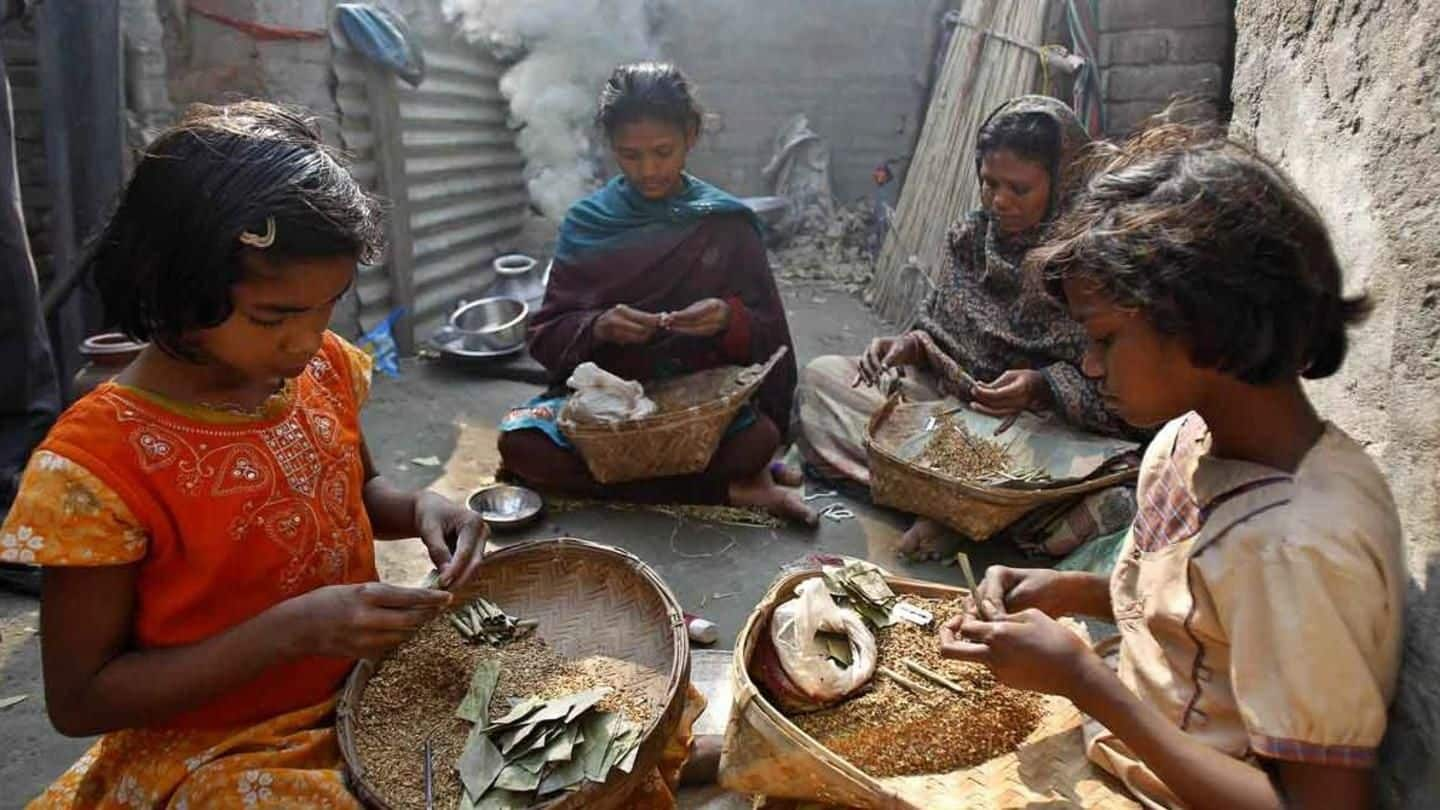
HDI report: Millions out of poverty; alarming inequality in India
What's the story
On Friday, the United Nations Development Programme (UNDP) released its annual Human Development Index (HDI) report that saw India secure a rank of 130 out of 189 countries. Compared to 2017, India's rank rose by one spot, and the report noted that though millions had been lifted out of poverty, there was glaring inequality in the country. Here are the finer details.
Definition
What is the Human Development Index (HDI)?
HDI is a composite measure of a country's attainment in standard of living (measured by GNI per capita), health (measured by life expectancy at birth), and education (measured by average schooling years). HDI is expressed as a value between 0 and 1, 1 being highest.
Findings
India's GNI per capita saw a whopping 266% increase
The 2018 report noted that between 1990 and 2017, life expectancy at birth in India had increased by an impressive 11 years, and children are now likely to stay in school 4.7 years more than they would have in 1990. The biggest change has been in India's Gross National Income (GNI) per capita, which saw a 266% increase between 1990 and 2017.
HDI
What the report had to say about poverty and inequality
The report further noted that India's HDI had improved by almost 50%, from 0.427 in 1990 to 0.640 in 2017, and that indicated that "millions have been lifted out of poverty". However, when HDI is adjusted for inequality in income and wealth distribution in the country, India's HDI drops to a meagre 0.468, a 26.8% decrease that's far worse than global averages.
Quote
What India needs to focus on is bringing inequality down
"We need to focus on inequality and the pockets of deprivation that are dragging [India's] HDI down. Gender inequality is another big issue...[and] is mainly due to the very low economic participation of women in India," Francine Pickup, Country Director, UNDP India, told IE.
Gender inequality
India is facing at glaring gender inequality too
The report further highlighted the dismal situation of women in India. It noted that only 39% of women in India attain at least a secondary level of education, compared to 64% of men doing so. Female participation in the labour force was a dismal 27.2%, compared to 78.8% for men. Further, only 11.6% of Parliamentary seats in India are held by women.
Do you know?
India still ranks terribly in the Gender Inequality Index
In terms of the Gender Inequality Index (GDI) which reflects gender-based inequalities in the fields of reproductive health, empowerment (political, educational), and economic activity, India ranks 127 out of 160 countries.
Global rankings
Globally, who are the best and the worst performers?
Globally, the top five countries in terms of their HDI are Norway (0.953), Switzerland (0.944), Australia (0.939), Ireland (0.938), and Germany (0.936). Meanwhile, the bottom five countries comprise Burundi (0.417), Chad (0.404), South Sudan (0.388), the Central African Republic (0.367), and Niger (0.354). In the last five years, Ireland, followed by Botswana, the Dominican Republic, and Turkey, saw the highest improvements in HDI.